Rohingya refugees can finally leave the shadows
Throughout Southeast Asia, persecuted refugees from Burma are trying to find a way out of oppression
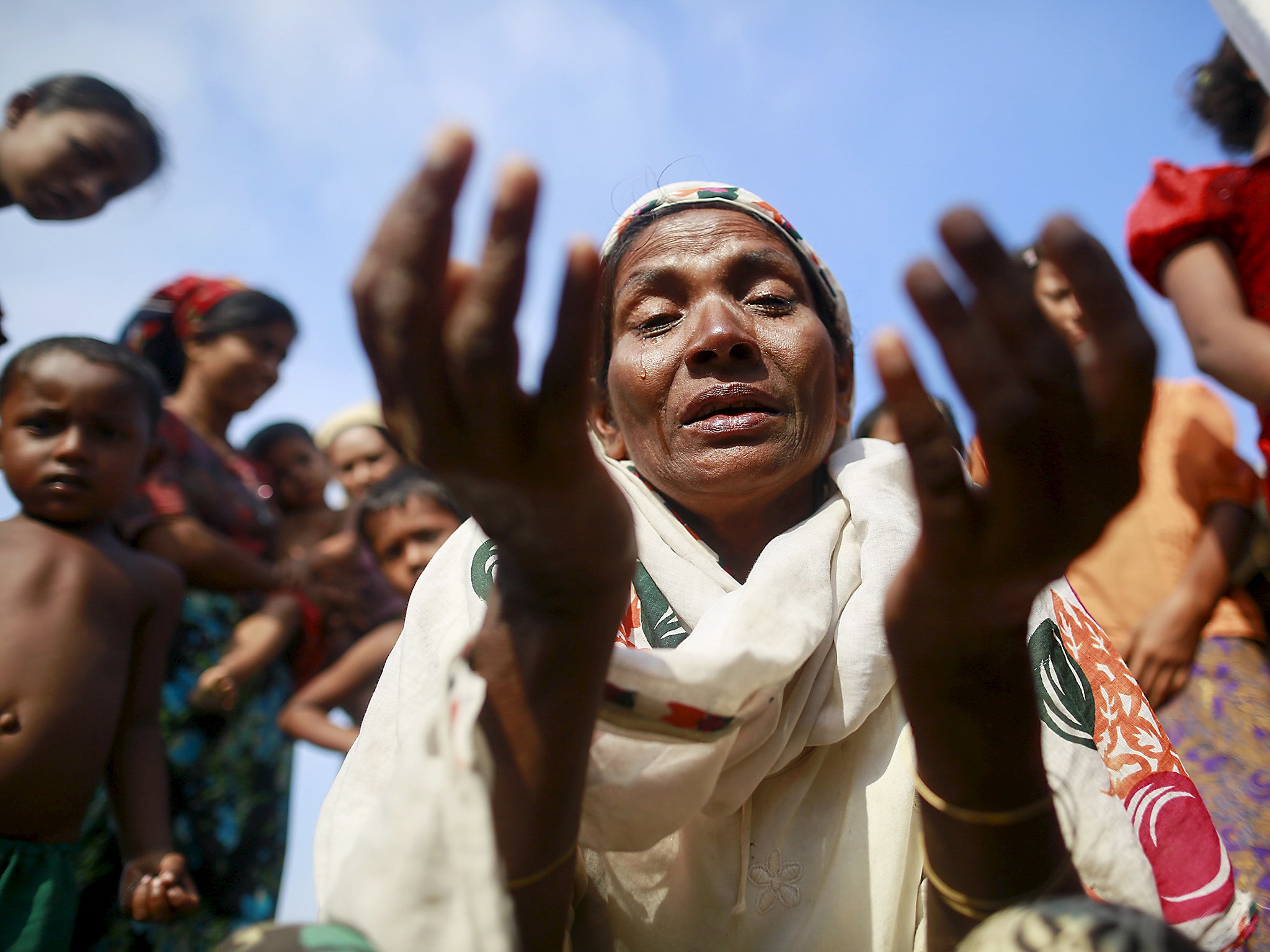
Your support helps us to tell the story
From reproductive rights to climate change to Big Tech, The Independent is on the ground when the story is developing. Whether it's investigating the financials of Elon Musk's pro-Trump PAC or producing our latest documentary, 'The A Word', which shines a light on the American women fighting for reproductive rights, we know how important it is to parse out the facts from the messaging.
At such a critical moment in US history, we need reporters on the ground. Your donation allows us to keep sending journalists to speak to both sides of the story.
The Independent is trusted by Americans across the entire political spectrum. And unlike many other quality news outlets, we choose not to lock Americans out of our reporting and analysis with paywalls. We believe quality journalism should be available to everyone, paid for by those who can afford it.
Your support makes all the difference.Arif carefully sprinkles tobacco onto betel leaves at a tea shop popular with fellow Rohingya refugees from Burma. Like tens of thousands before him he risked a treacherous journey by sea, at the mercy of smugglers, to seek sanctuary in Malaysia. The 27-year-old escaped the oppression still ravaging the Muslim minority in his homeland. But now he is one of a vast, unwanted diaspora scraping a precarious living in the shadows of Kuala Lumpur, Malaysia’s capital.
The stateless Rohingya, often called the world’s most persecuted minority, have long flocked to Muslim-majority Malaysia in misguided hopes of a warmer welcome. In Burma, they are regularly persecuted by the Buddhist majority, denied citizenship, forced to face apartheid-like restrictions on movement, and stigmatised as “illegal immigrants” from Bangladesh despite their deep roots in the country. But the reality for some 55,000 Rohingya refugees registered with the UN in Malaysia alone, and for tens of thousands more believed to be in the country without the stamp of official recognition, is a state of limbo.
“People here don’t oppress us. We have no problem with locals. But if the police come, we have to run,” says Arif (not his real name), pausing from folding small parcels of betel leaves, a stimulant widely chewed in Burma and other parts of Asia.
Like most Southeast Asian nations, Malaysia is not a signatory to the UN Refugee Convention, although it has allowed the UN’s refugee agency (UNHCR) to register refugees on the basis that most will be resettled elsewhere. While registered refugees are not held in camps, they are left to live in urban environments without crucial legal protections. Denied residency or work rights and given little aid, they take on low-paying jobs in unregulated sectors, living in constant fear of arrest, abuse, or extortion. Those with the coveted refugee status then wait for the creakingly slow process of resettlement to a third country.
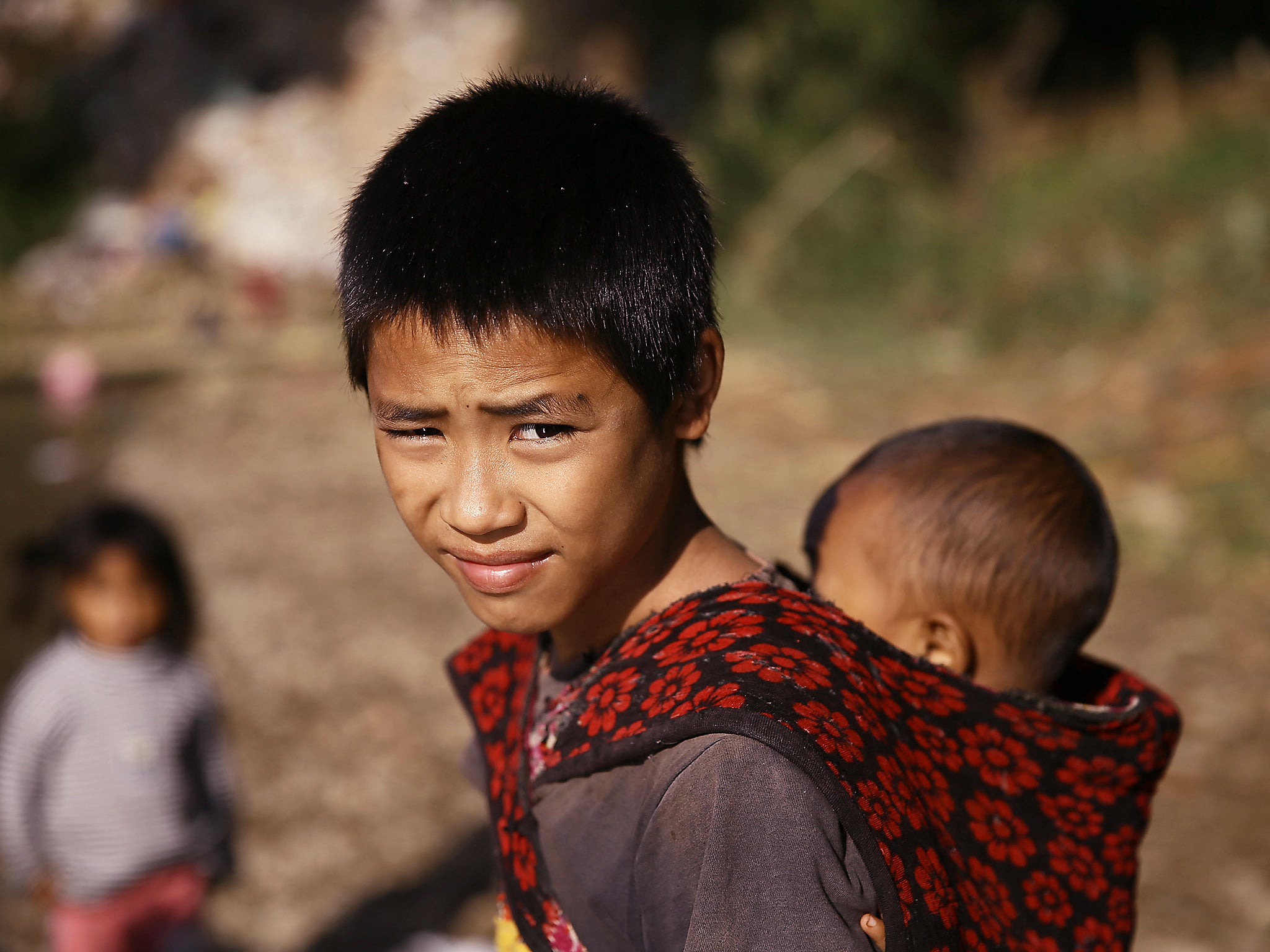
But now, after years of stalled talks, the government is working on a potentially game-changing pilot plan long advocated by the UNHCR – granting 300 Rohingya legal permits to work in the plantation and manufacturing sectors for a three-year period, starting early this year.
At the agency’s hub in Kuala Lumpur, Richard Towle, the UNHCR representative in Malaysia, says the plan is a “win-win” situation if everybody works together. “We know that the refugees want to work. Most of them are working. And industries and business would really like to engage with them. What’s missing is the lawfulness of it,” he said.
Towle adds that the work permits will offer vital protections for refugees who are vulnerable to exploitation in a “largely invisible economy,” as well as grant Malaysia, which has long relied on foreign labour for low-skilled jobs, an “affordable workforce.”
“If this is a success and all parties are comfortable with it, we would like to see all UNHCR refugees have the right to work,” he said.
The plan comes at a time when new ideas on how to tackle the global refugee crisis are desperately needed. It’s not just that more people are displaced than ever before – it’s that fewer countries are willing to receive them as official residents.
Shifting geopolitics are especially worrisome for Malaysia, which has long been on the receiving end of regional refugees. Malaysia was a beneficiary of one of the largest UNHCR resettlement programmes in the past decade, when more than 100,000 refugees who arrived there were resettled to other countries, most of them going to the US. But the majority of those refugees came from Burma’s Christian Chin minority, victims of the long-running clashes between ethnic militias and the government rather than the Rohingya, who form the bulk of Malaysia’s refugees. Now, the incoming administration of President-elect Donald Trump, who has voiced strong opposition to refugees and Muslims in recent months, plunges future Rohingya resettlement into deeper uncertainty.
That’s why rights advocates emphasise finding the best ways to help refugees caught in limbo, harnessing the contributions they already make to the societies that have become their de facto homes. Amy Smith, executive director of the Southeast Asia-focused advocacy group Fortify Rights, hopes Malaysia’s new work plan will take off and inspire others. “This is definitely a step in the right direction for Malaysia. More countries in the region need to think of strategies to integrate refugees into their population,” she said.
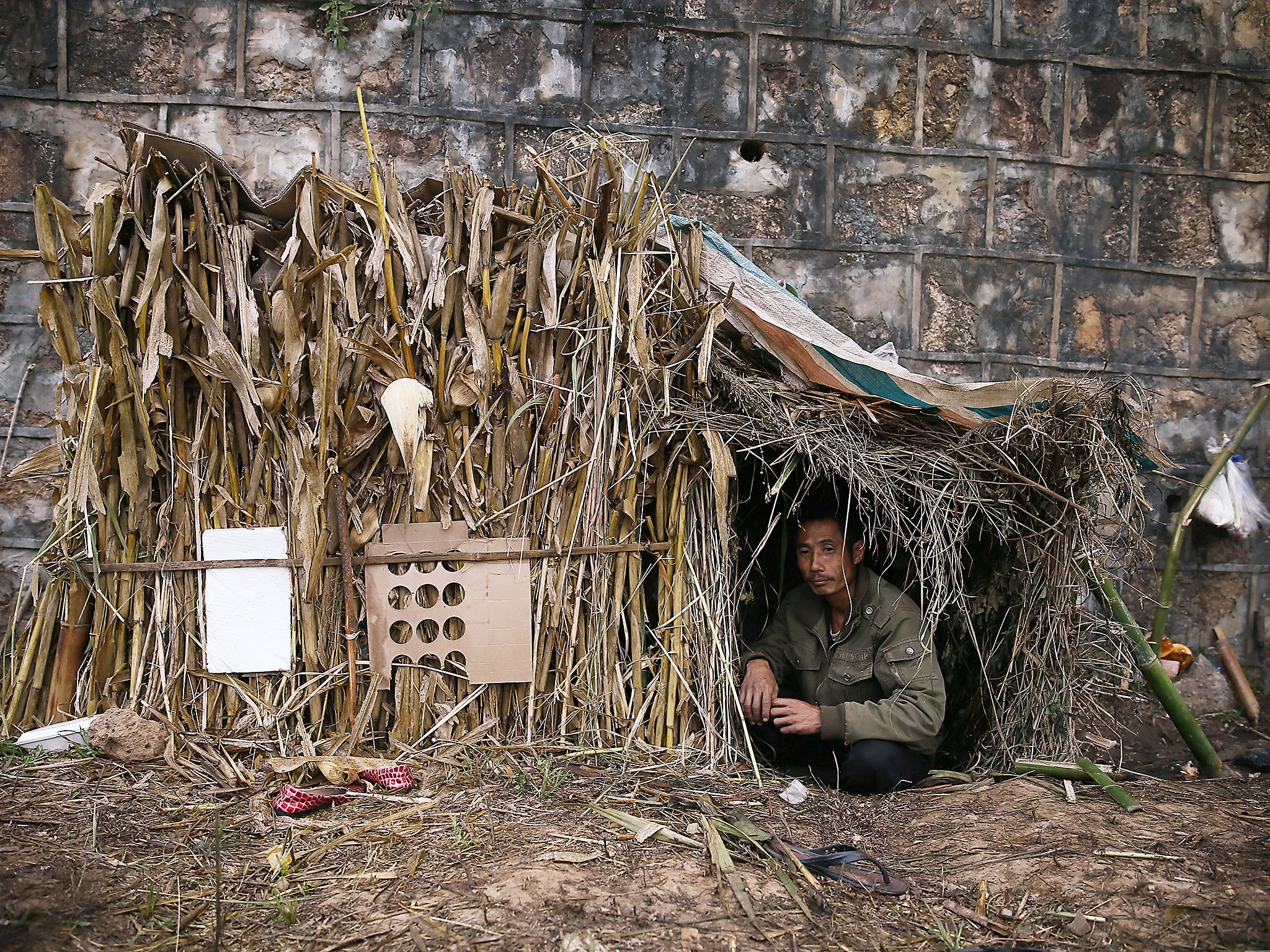
But as full details of the pilot are yet to be disclosed, Smith voiced concerns about refugees entering a labour rights landscape in Malaysia that is “very exploitative for migrant workers.” Any new plans should offer protections such as the ability to change employers and report workplace abuse, she said.
Other experts have questioned the scope of the pilot, which is open to only a tiny fraction of Malaysia’s UN-registered Rohingya refugees.
“I’m not sure it’s sufficient to tease out the real benefits” of a work plan, said Caitlin Wake of the Overseas Development Institute (ODI), a London think tank.
“It will have little to no impact for the vast majority of refugees for that time. In a context like Malaysia, this is a very small step,” said Wake, the author of two recent reports exploring the working lives of Rohingya in Malaysia.
She also cautioned against expecting too much from work plans. “Globally we’re seeing more progress on refugees’ labour rights. But while work permits have been lauded by policymakers, the response from refugees themselves has been more tepid. For example, in Jordan, conditions associated with obtaining and having a work permit can be a disincentive.”
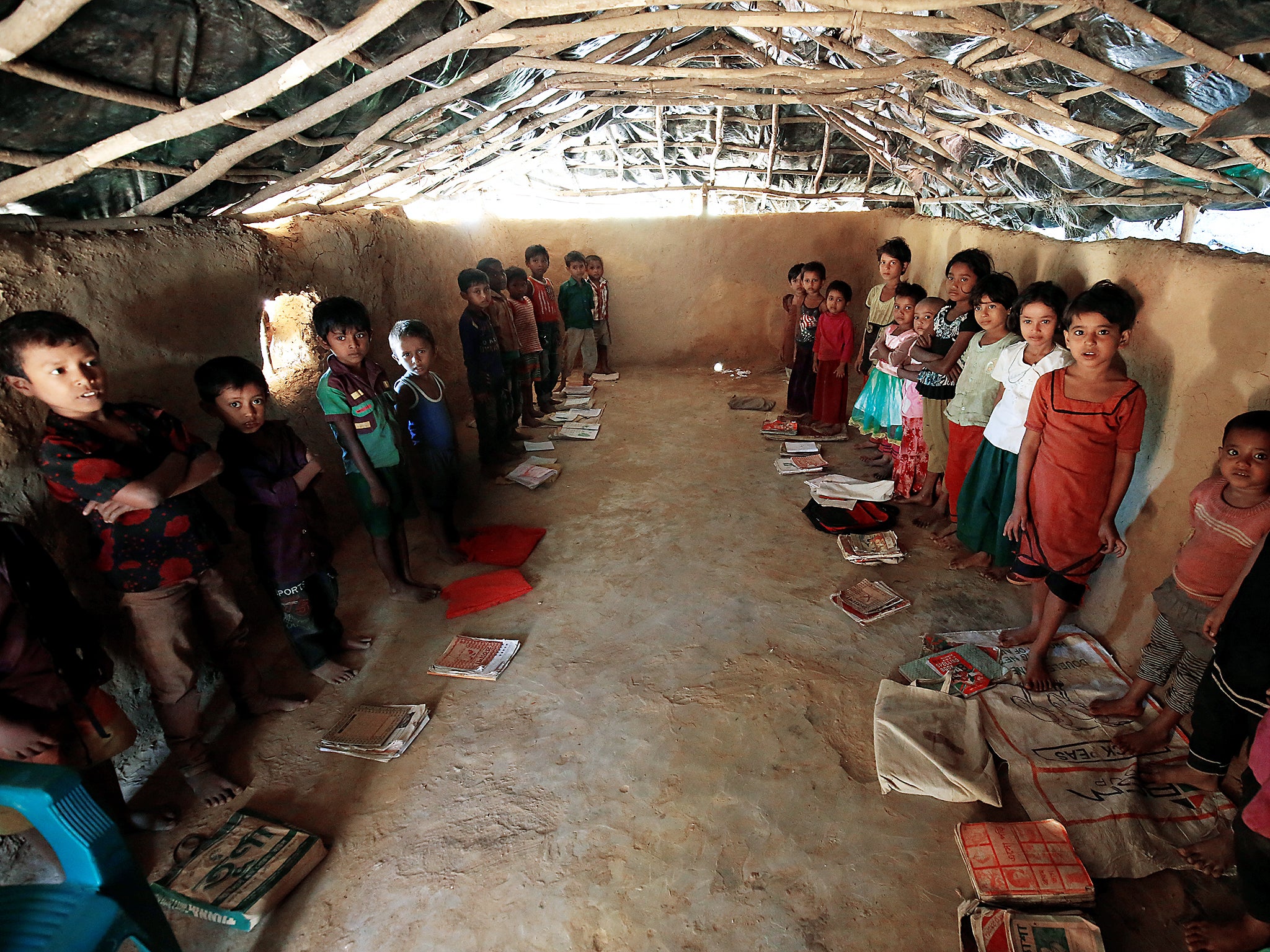
In the Malaysian pilot, the limited sectors where refugees can work has also been one of the barriers in finding candidates. The UNHCR said several Rohingya refugees turned down the opportunity, preferring to work informally in less stable but sometimes better-paid industries such as construction. The agency hopes that a future expanded plan would open more sectors to refugees.
In a small grocery store on the eastern outskirts of Kuala Lumpur, long-standing Rohingya refugees, some of whom have lived in the capital for nearly three decades, stock up on Burmese staples.
Ijaz (not his real name), who runs a cafe, arrived in Malaysia 24 years ago. The 43-year-old fled Rakhine, the westernmost Burma state that is home to most of the country’s estimated one million Rohingya, to escape detention by intelligence officials he said were arbitrarily arresting young Muslims.
Though well-established by refugee standards, he locks up his shop and hides when police patrol the neighbourhood, saying he is often forced to pay bribes.
Failed government promises on previous labour plans mean Ijaz isn’t confident about the latest drive. “They say something today, another thing tomorrow,” he says. “But at least here we feel safe. We can sleep in peace.”
A 2006 plan to issue 10,000 temporary work permits ceased within days over corruption claims, while an older plan granting some Rohingya six-month work permits in the early 1990s was never renewed, says Wake’s ODI report published in November.
But there has been added impetus to this new initiative. Progress on the UNHCR plan has accelerated after a fresh wave of violence erupted in Rakhine in October 2016. Deadly attacks on police posts, which Burma blames on local militants, have prompted an intense army crackdown, with dozens of Rohingya killed and at least 65,000 fleeing to Bangladesh in the last few months, according to the UN. It’s the worst unrest in Rakhine since 2012 clashes between Burma’s Buddhist majority and the Rohingya.
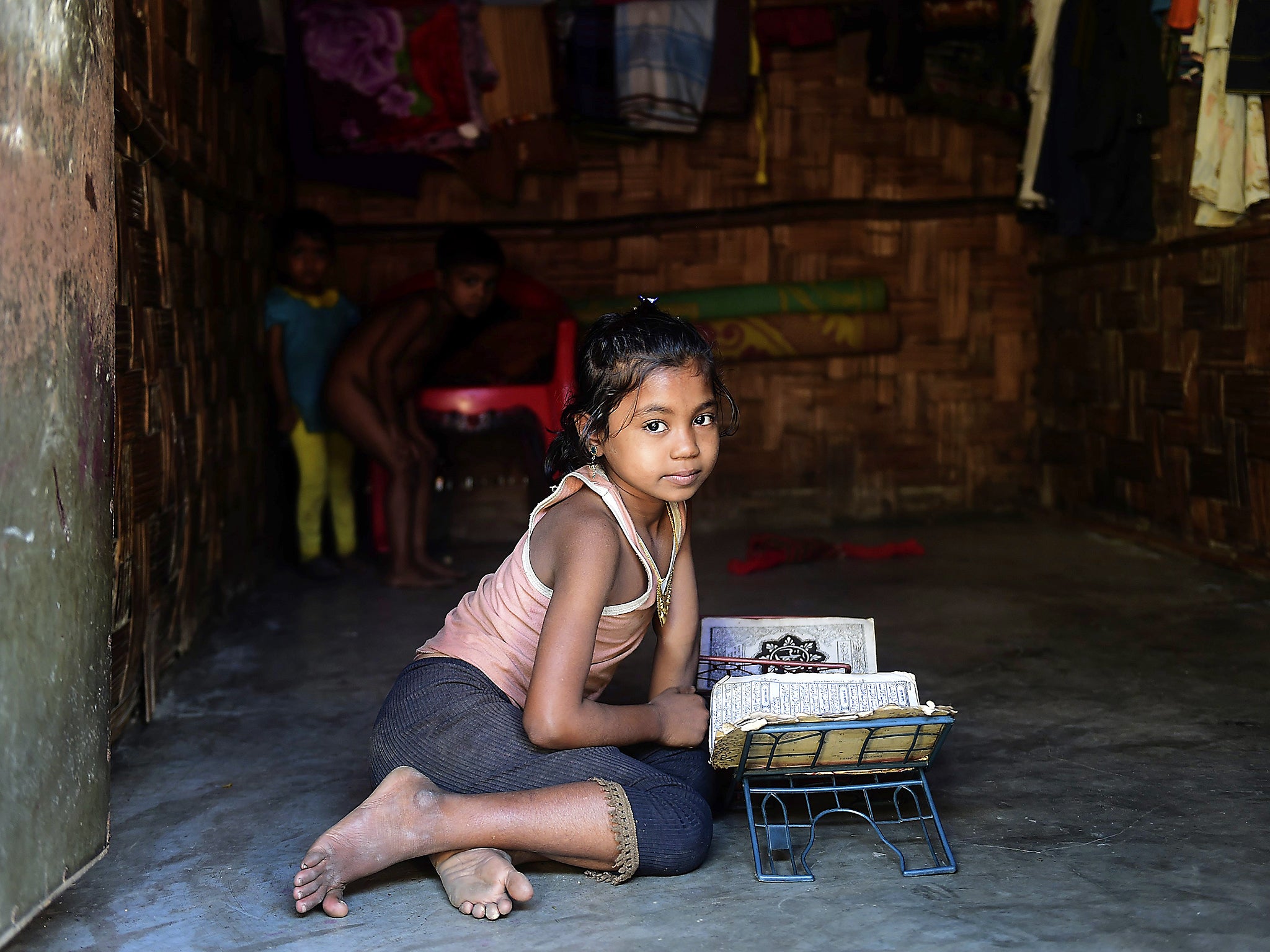
In November, a UN official said Burma sought the “ethnic cleansing” of the Rohingya from its territory, an accusation the government led by the once-imprisoned Aung San Suu Kyi has strongly denied. In December, in a rare break from traditional regional diplomacy, Malaysian Prime Minister Najib Razak added his own strongly worded statements while attending a Kuala Lumpur protest.
“The world cannot sit by and watch genocide taking place,” Najib said to a cheering crowd of Muslims, including Rohingya refugees. “What’s the use of Aung San Suu Kyi having a Nobel Prize?”
Najib’s motives have been questioned at home. Critics accuse him of courting Malaysia’s Muslim vote before the general elections, while ignoring the plight of Rohingya refugees on Malaysian soil. But the narrative of Muslim solidarity is running strong and helping to drive the pilot plan forward.
At the office of the Rohingya Society in Malaysia, a community group that helps the stateless minority, its president, Bo Min Naing, also known as Faisal, cautiously welcomes the plan. “It’s a good thing, but I’m worried about the long term. Our status will continue as refugees, so nothing will change. We need to think about resettlement or citizenship,” he said.
The message from the Malaysian government has nuances beyond the bold show of support from Najib.
“The aim is to give them the chance to work and earn a living, but at the same time we don’t want to encourage more people to come here,” said Nur Jazlan Mohamed, deputy minister of home affairs. He added that the pilot “may” be expanded, but only to “people already here.”
“The long-term goal is to send them back. When Burma gives them the guarantee of safety and security, they can go back. This only gives a band-aid solution.”
© Washington Post
Join our commenting forum
Join thought-provoking conversations, follow other Independent readers and see their replies
Comments